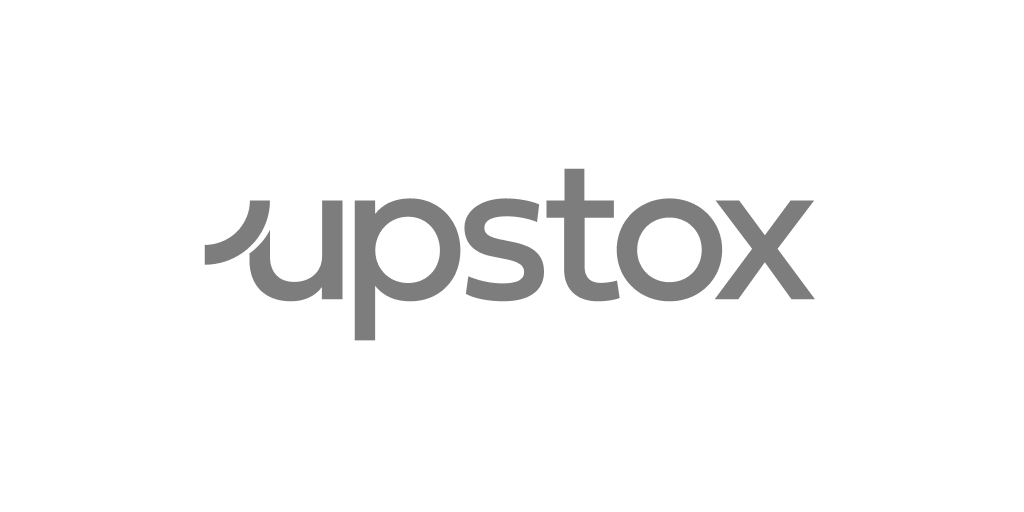No prizes for guessing what a balanced fund may deal with. As you can see from the name, a balanced fund strikes a… well, a balance, between profits and safety. We’ve previously discussed the different types of mutual funds in the market , one of which is balanced funds. In here, we will go through the details of balanced funds and their features - asset mix, advantages, and disadvantages and more. The purpose of this article is to you a clear idea about balanced funds and why you should invest in them.
- If as an investor, you are looking for good returns as well as safety in your investment, a balanced fund would be an ideal option for you.
- The asset mix is a mixture of all the asset classes in one portfolio.
- A balance fund underperforms when the market is bullish in comparison to the funds which have all holdings in the equity market.
Let’s start with a brief description of a Balanced Fund.
Balanced Fund
If as an investor, you are looking for good returns as well as safety in your investment, a balanced fund would be an ideal option for you. Its portfolio is a mixture of a stock component, a bond component, and a money market component. Usually the amount of investment in each asset class remains within a fixed range. They are not exceeded by the fund managers of a balanced fund. Sometimes the fund managers change the asset mix composition according to the appetite of investors like you.
What is an asset mix?
The asset mix is a mixture of all the asset classes in one portfolio. The major asset classes are stocks (equities), bonds (fixed income), cash and real estate. Minor asset classes are commodities, international investments, hedge funds and limited partnership interests. When you invest in a balanced fund, the fund manager of that fund does as asset mix as per your requirements.
The advantages of a Balanced Fund
- The first advantage is that you can switch from one fund to another with more growth oriented stocks when the market is bullish (positive) and vice versa.
- The balanced fund you buy is a perfect blend of the top stocks and bonds, for income as well as safety.
- These funds reduce your involvement in asset management of your portfolio. They have it all, and dilute your burden of managing your investments.
- Balanced funds usually invest more than 60% of their money in the equity market, and so are treated as equity funds for taxation purposes. Even the other asset classes are taxed like equity.
Disadvantages of a Balanced Fund
- The performance of your fund depends on the expertise of the fund manager who manages the fund. Your fund manager must be proficient in asset mixing.
- A balance fund underperforms when the market is bullish in comparison to the funds which have all holdings in the equity market.
The Ideal Investor For Balanced Funds
If you have dual investment objectives, a balanced fund is an ideal choice. Typically, investors such as retirees, or investors with low-risk threshold, invest in these funds to gain a handsome profit and for the safety of their investments. Even if you want to reduce your taxable income, you can invest in these funds as most of these funds have equity allocation of more than 60%. If you are an amateur investor and want to learn how the market works, a balanced fund is ideal for you. It has a lower risk than equity funds and a higher profit return than a debt fund.
- A balanced fund has a mixture of asset classes in its portfolio, which brings a perfect balance of risks and returns.
- A balanced fund is ideal for you if you are a retiree, amateur investor or have dual investing objectives.
